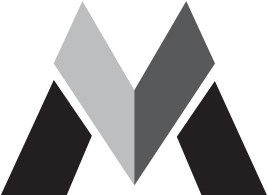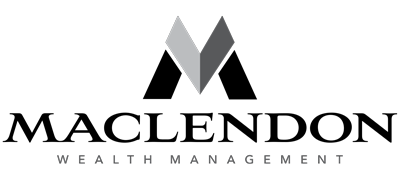27 Feb Internet of Things
We are constantly surrounded by innovation and change. A pivotal form of financial innovation was the development of the automatic teller machine (ATM). Not only did this pave the way for further automation breakthroughs such as self-checkout kiosks, and boarding pass scanners, but the automation concept has expanded in perhaps one of the biggest technology trends that is taking place right now. With the rise of wireless networks and the ability to embed computer chips in virtually anything, the recent trend has been to make everything “smart.” We see this trend in phones, cars, homes, and even humans. The technology behind the idea is referred to as the Internet of Things (IoT). The Internet of Things is essentially a network of devices that are connected through wireless chips (Wifi / Bluetooth / Z-Wave etc.) and/ or sensors that collect data and transmit that information in real time to be analyzed. We have included an illustration below that show the Internet of Things ecosystem and how it is setup to transmit, receive, and analyze data.
Fueling this movement is the proliferation of the use of smartphones. Not only do we carry a device that at a minimum is capable of accessing the internet, but with Internet of Things, we also have a central command unit capable of communicating with other connected devices and collecting data. The smartphone has become an extension of our everyday lives which makes it an instrumental component to the adaptation of the Internet of Things ecosystem. Smartphones have essentially microchipped humans without having to implant them. We can now know the location, status or presence of objects or assets, analyze the information for risks and possibilities, and present alternatives or take action; all in the palm of our hand.
Technology has exponentially changed the speed in which disruptions are realized in the marketplace. Most notable recent examples are Uber, 3D printing, and Tesla. The Internet of Things is having a similar impact across multiple industries. In some circles, the Internet of Things is being called the next Industrial Revolution. A study by Cisco, said that the number of connected objects is expected to reach 50 billion by 2020. It has already infiltrated almost every industry. One industry that is experiencing significant traction is housing. Home automation through the use of the Internet of Things is expected to be a $13 billion dollar market by 2020. Smart appliances such as refrigerators can notify you when your milk is expiring or that you are low on eggs. Air conditioners can automatically adapt to your life and know when you are away or when you are returning so that your home is at your preferred temperature when you arrive. Your printer can even now realize it is low on ink and automatically order new ink through your account at an office supply store. The increasing preference of consumers for convenience, connectivity, safety/security, and demand for energy efficient solutions are expected to drive the growth of this market. It is ideas and concepts like these that make the Internet of Things so attractive and disruptive.
But, this convenience does not come without a cost. Smartphones are able to track your every movement, record every website you visit, and learn more about who you are as person than you probably realize or would like to share. Your information is collected and data is then sold to the highest bidder. At what point are we sacrificing privacy for convenience? At what point does the internet of Things and automation start to affect the labor market for unskilled workers? What happens if there are glitches or a major hack? As expected within a budding industry, these problems and concerns have not been solved yet. These are a few among the many topics of debate that can have a meaningful impact on society. Regardless, the Internet of Things is here to stay and we must be cognizant of the disadvantages.
In some circles, the Internet of Things is being called the next Industrial Revolution.
However, we conclusively believe the pros outweigh the cons in the long term. The gains in efficiency through automaton and the ability to actively manage quality control have caught the attention of every industry. Two of the biggest resources: time and money, can be saved with the adaptation and implementation of the Internet of Things. With the increase and availability of data we are able to make better decisions. Better decisions can lead to a more productive society and stronger economy. The Internet of Things will change the way we live our everyday lives and in many aspects it already has.
As a society we must embrace progress. The Internet of Things embodies that progress. Although, the technology is disrupting existing industries, it is the platform for creating new products, services, and industries. The line between reality and science fiction is becoming more and more blurred. What was thought to be impossible years ago is becoming possible. We might very well be in the midst of the next industrial revolution.



